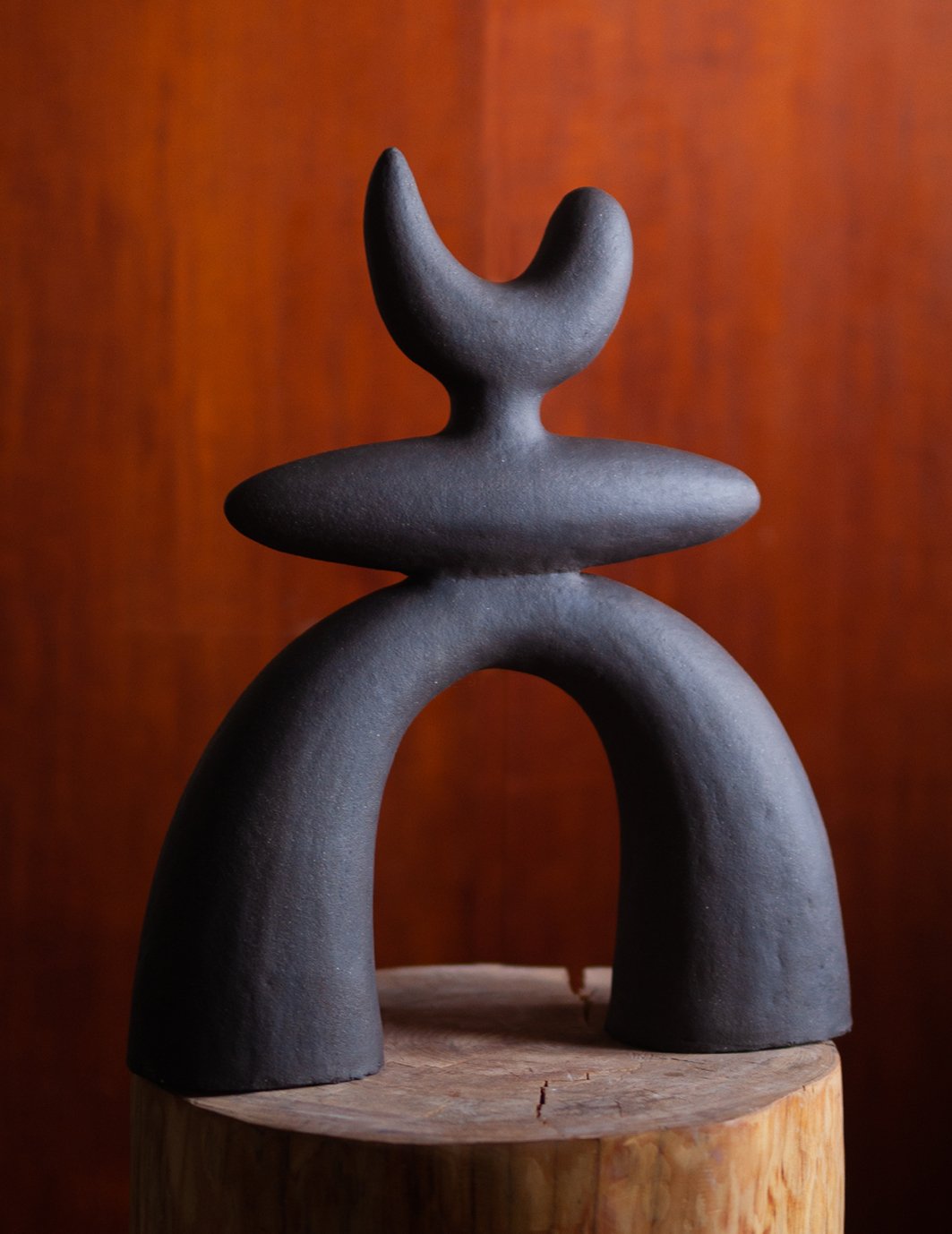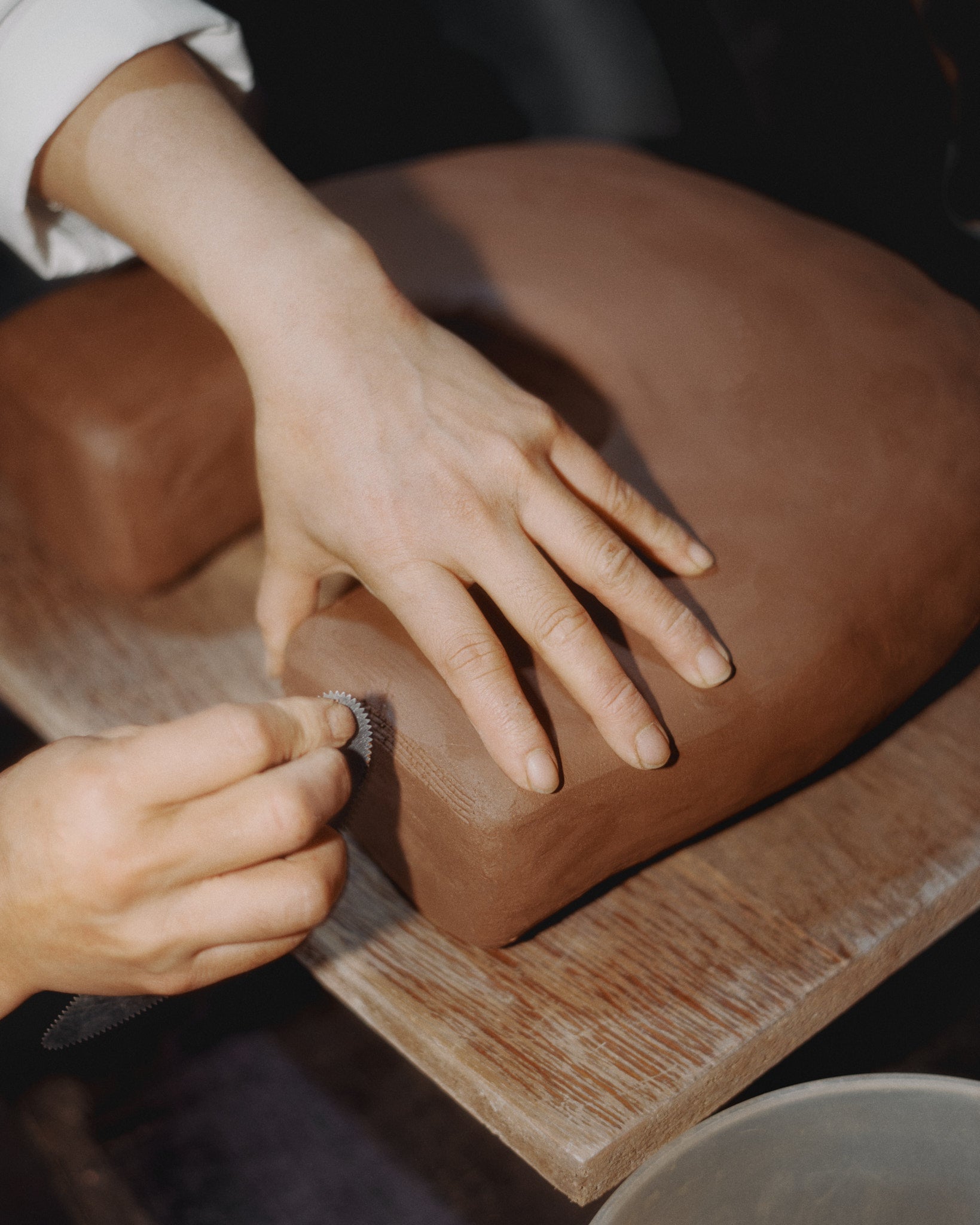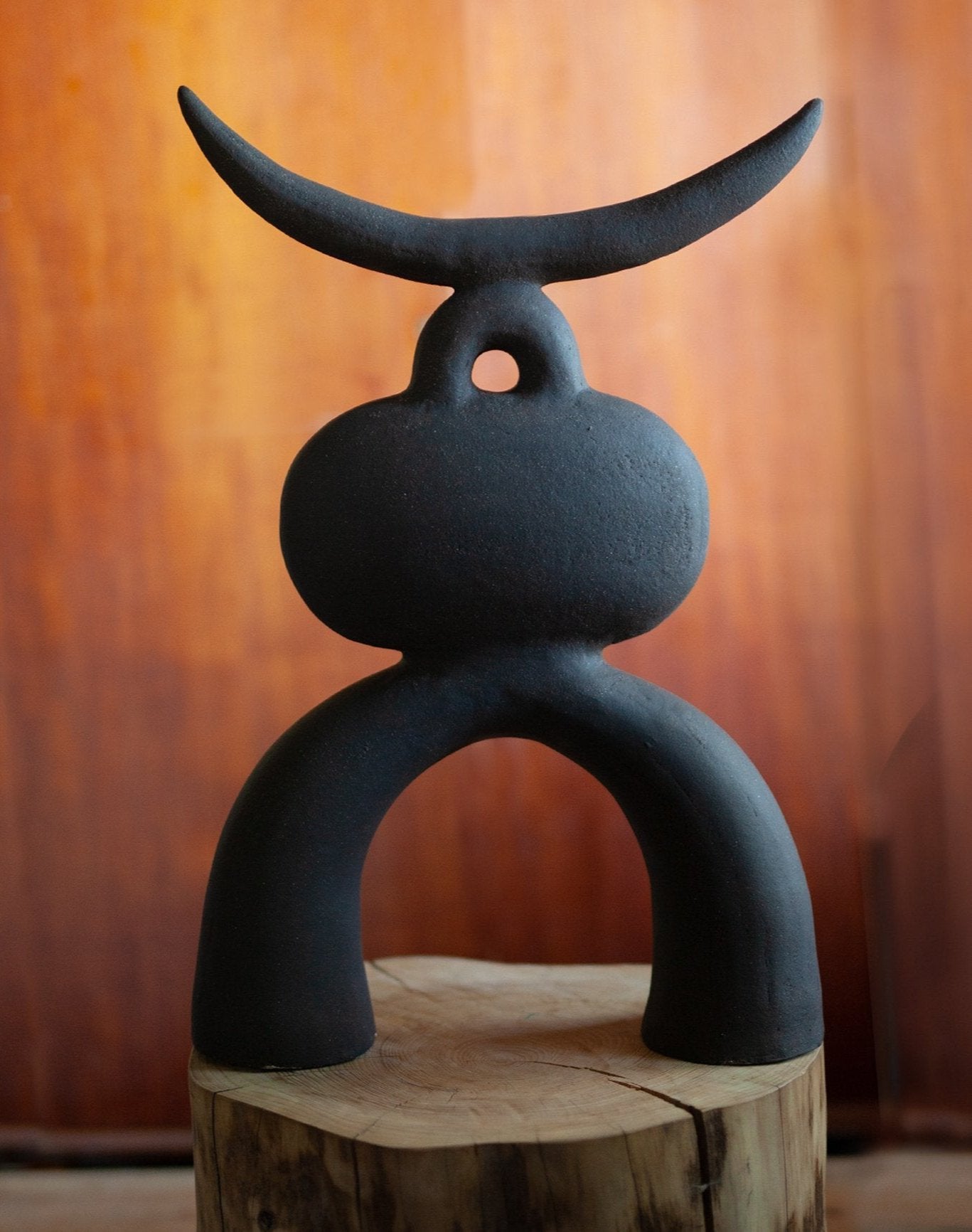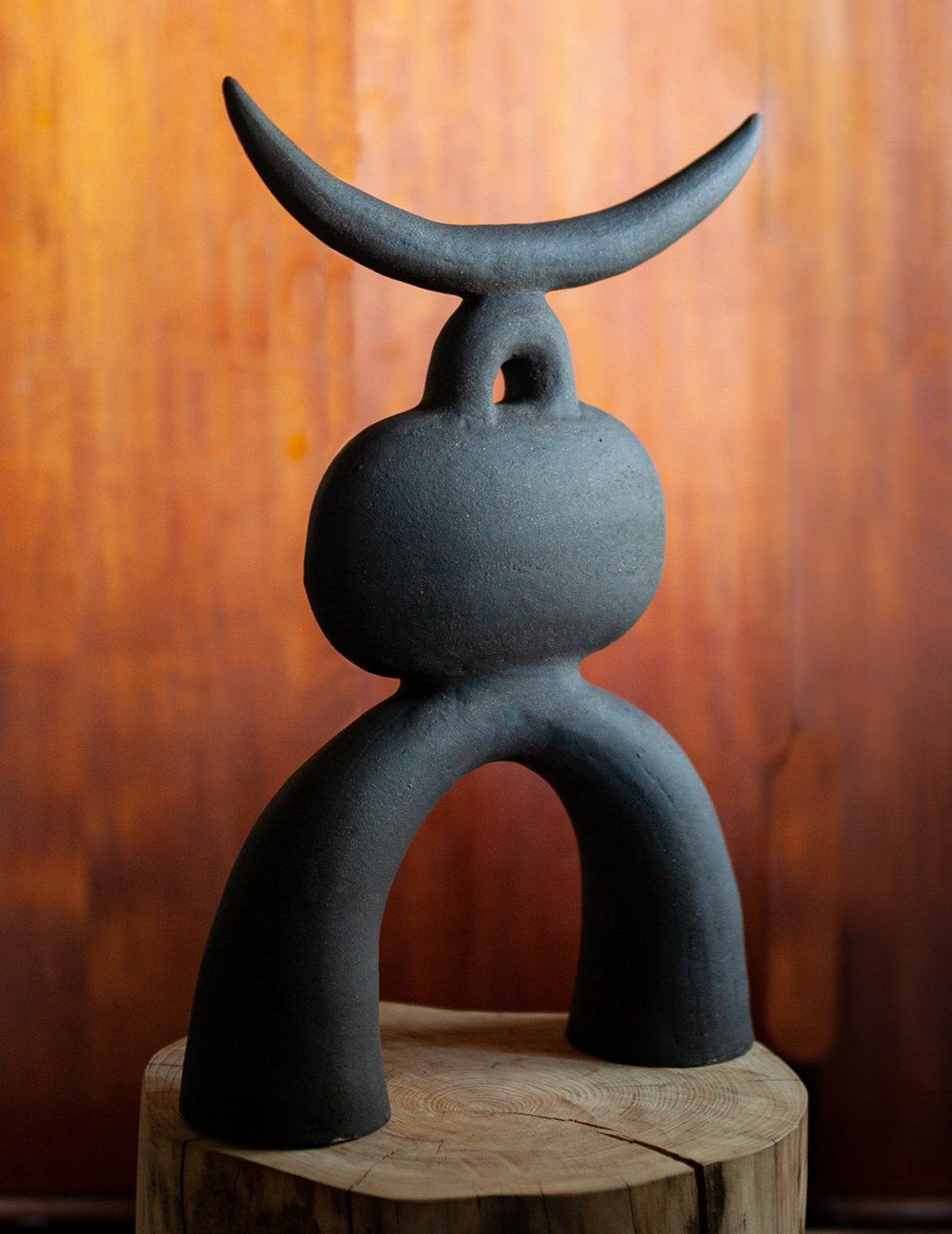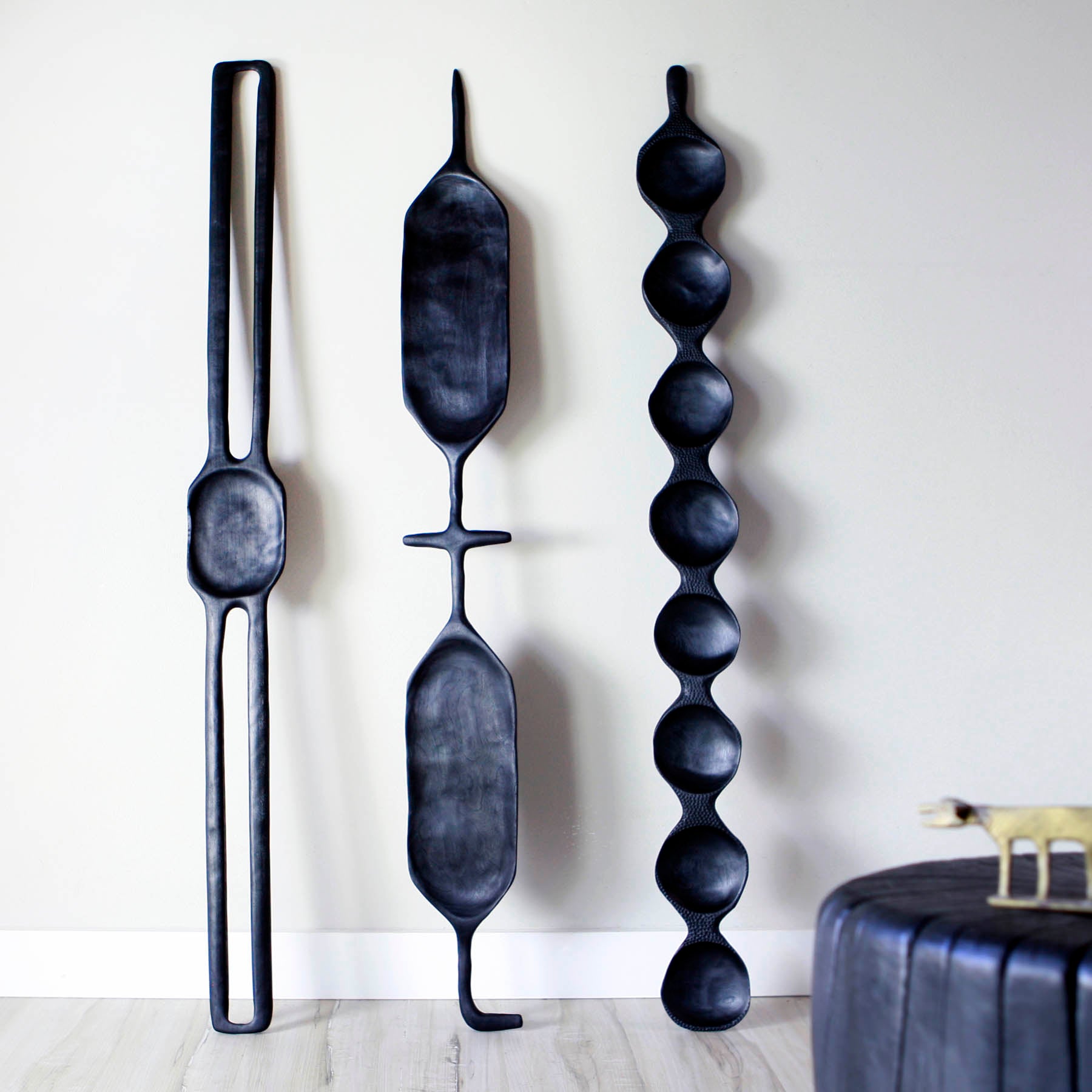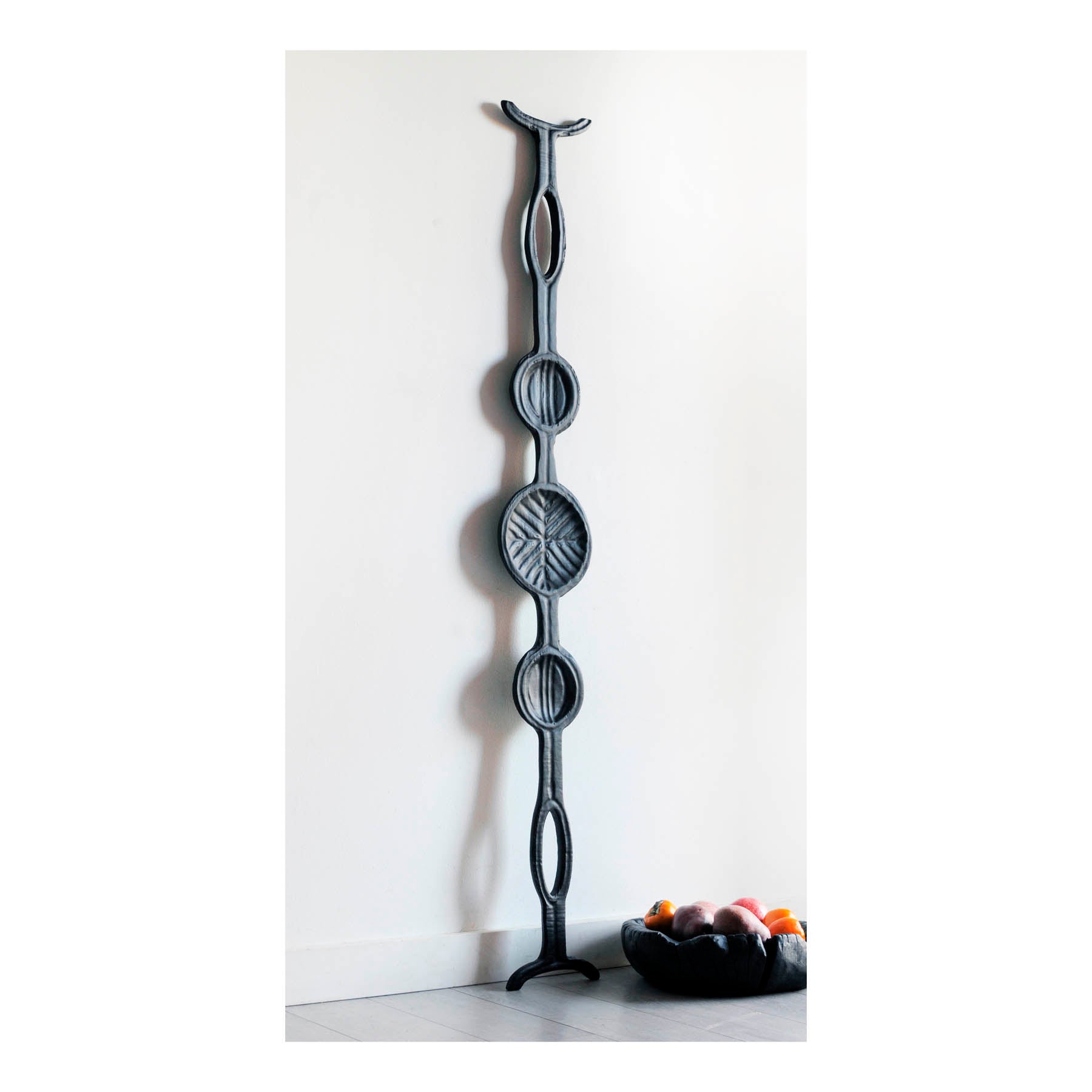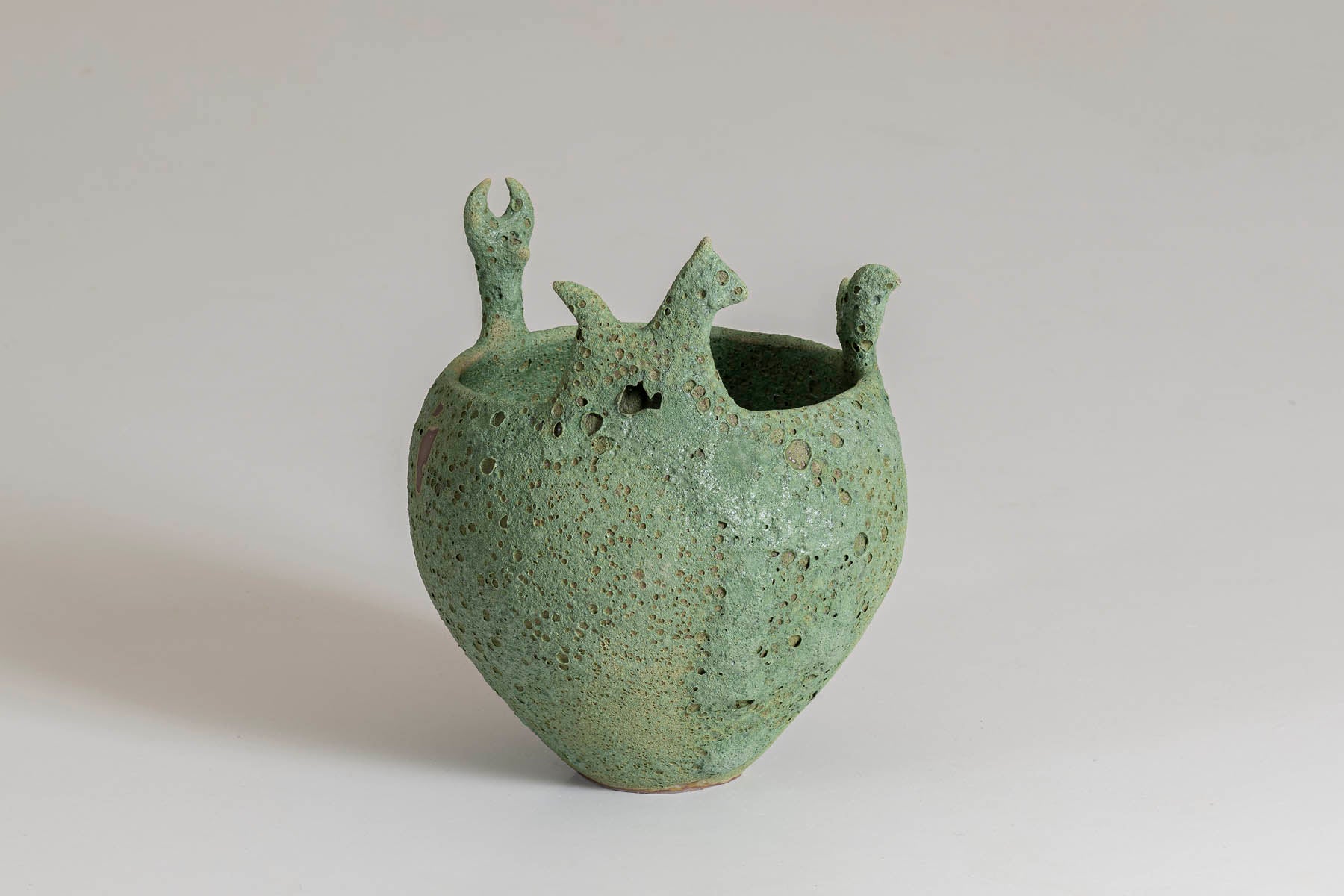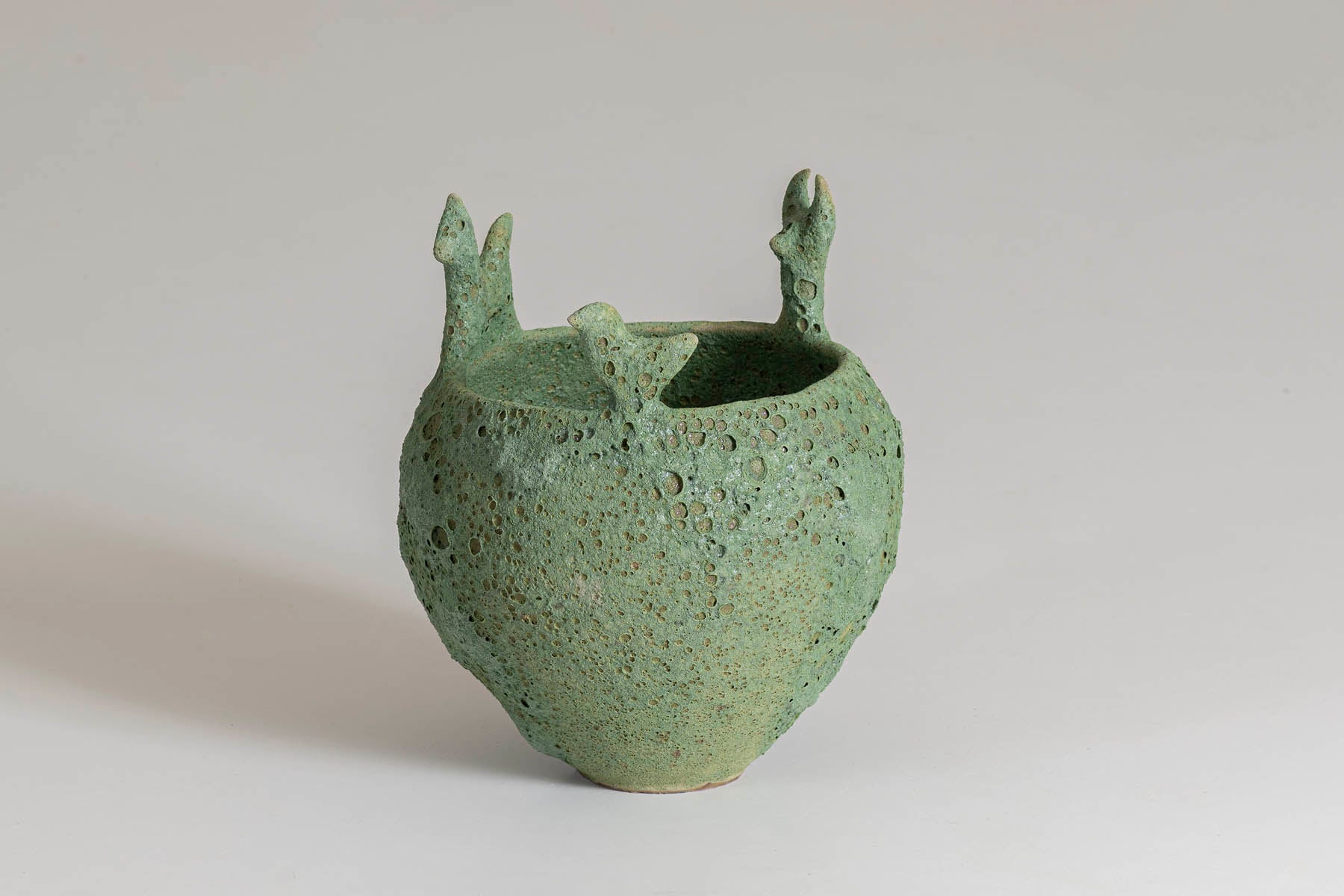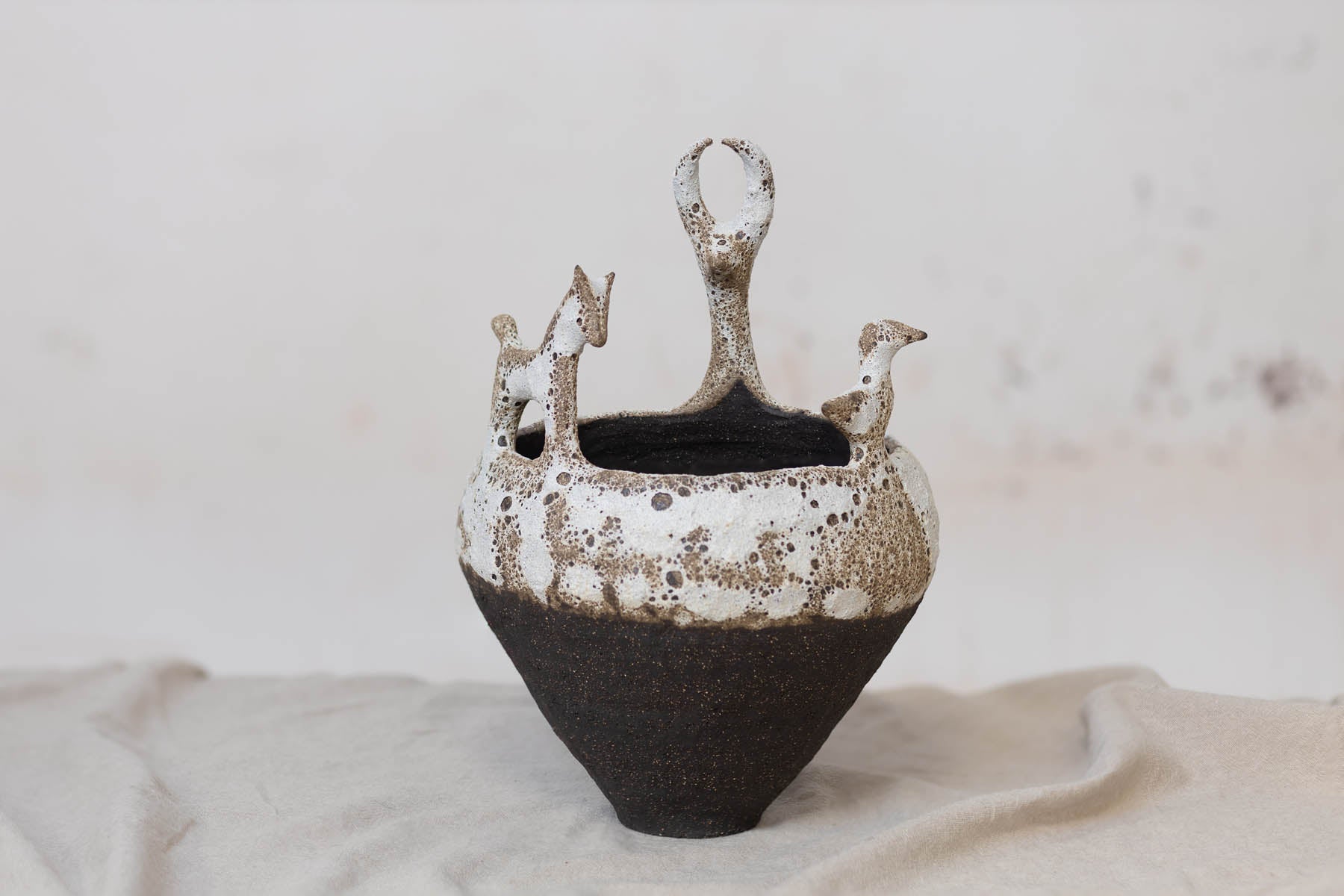Guide to Contemporary Sculpture for Modern Homes
Demystify contemporary sculpture. Learn materials, scale, lighting, care, and display tips for modern homes—plus how to start with small sculptures.
Mastering the Art of Sculpture Collecting for Modern Homes
Integrating contemporary sculpture into your home isn't merely about decorating; it's about weaving depth, texture, and narrative into your personal space. Whether it's the dynamic forms of abstract sculptures or the detailed expressions of figurative pieces, sculptures invite a unique interplay of art and environment. This guide aims to demystify the process, making the world of modern sculpture art approachable and inspiring for first-time collectors.
Figurative vs Abstract Sculpture
Understanding the difference between figurative and abstract sculptures is the first step in selecting a piece that resonates with your aesthetic. Figurative sculptures capture real-world entities, conveying clear narratives or emotions. They anchor a space with relatable imagery. In contrast, abstract sculptures prioritize form, color, and texture over recognizable subjects, inviting interpretation and introspection. When choosing between the two, consider the dialogue you want to create within your space.
Table-top vs Floor Sculptures
Scale is a critical consideration in sculpture collecting. Table-top sculptures are versatile and can enliven desks, shelves, or nooks, making significant impact in compact spaces. Floor sculptures, with their commanding presence, become focal points in a room. They require thoughtful placement to ensure they harmonize with the room's flow and furnishings.
Indoor vs Outdoor Pieces
When extending your collection outdoors, choose sculptures designed to withstand the elements. Indoor pieces often boast delicate materials that need protection from weather, while outdoor sculptures are made from durable materials like bronze, stone, or weather-resistant resins. This distinction ensures your art remains pristine for years.
Materials in Contemporary Sculpture
Today's sculptors work with an array of materials, each offering its own aesthetic and emotional tone. Metal sculptures add industrial chic, ceramic sculptures offer delicate beauty, and wood sculptures bring organic warmth. The choice of material can dramatically influence both the sculpture's look and its interaction with your space.
Scale Considerations for Residential Spaces
Choosing the right scale is paramount. A large sculpture in a small room can overwhelm, while a small piece in a vast space might get lost. Consider the sculpture's visual weight and balance it with the room's size and existing decor. Measure your space and visualize the sculpture's presence before making a decision.
How to Light Sculptural Pieces
Lighting can dramatically enhance a sculpture's appearance. Natural light creates soft shadows that change throughout the day, while directed lights like spotlights can emphasize texture and form. Experiment with lighting angles to capture the mood you're aiming for.
Creating Vignettes with Sculptures
Grouping sculptures with other art forms can create engaging vignettes. Pair a sleek modern sculpture with abstract paintings, or a rustic wood piece with landscape photography. These combinations can highlight contrasts or underscore a unified theme.
The Dialogue Between Sculpture and Space
Consider the interplay between sculpture and its surroundings. A well-placed sculpture can direct flow, define areas within an open space, or invite moments of pause and reflection. It's not just about the sculpture itself, but how it complements and interacts with the entire room.
Investment Potential of Emerging Sculptors
Collecting works from emerging sculptors offers the dual satisfaction of supporting artists at the start of their careers and the potential for significant appreciation in value. Research, visit galleries, and follow art fairs to discover new talent whose vision aligns with your own.
Addressing common concerns, it's important to remember that while sculptures can be fragile, proper placement and care can mitigate risks. Dust sculptures with a soft cloth, and consult specialists for moving or installation. With these insights, your journey into the world of contemporary sculpture will be filled with confidence and excitement.
